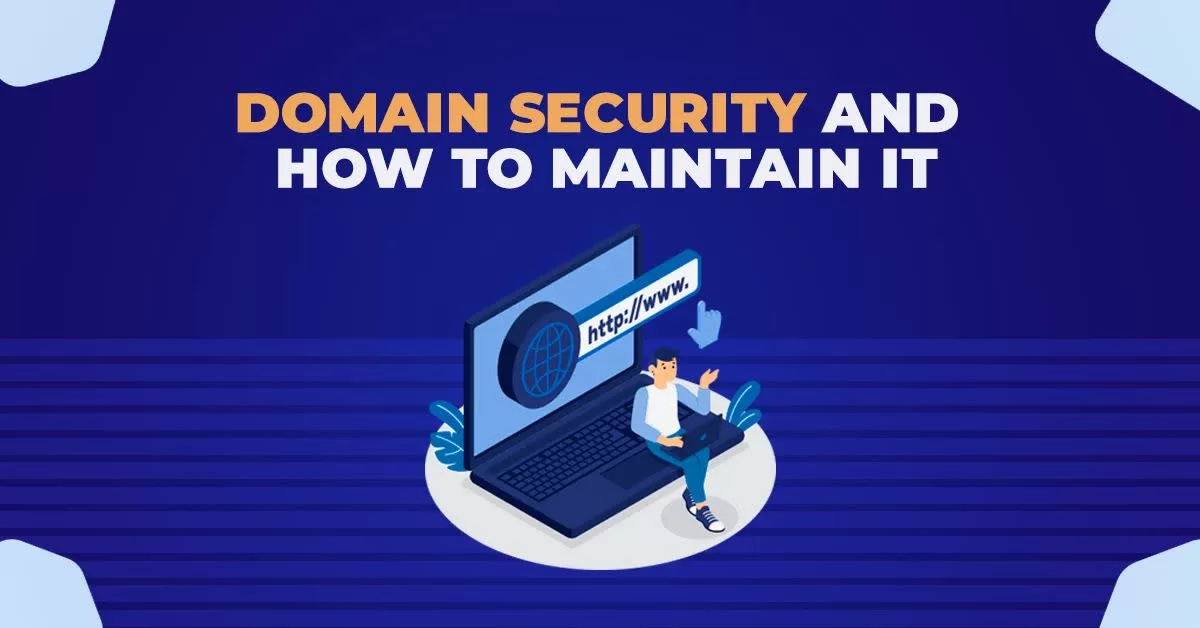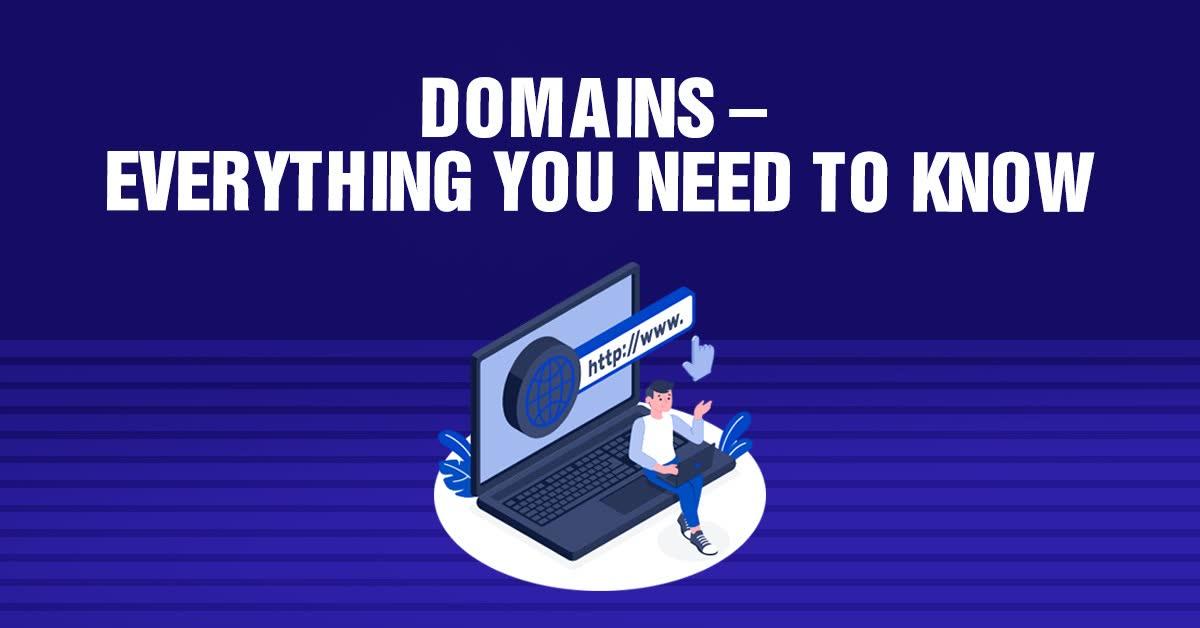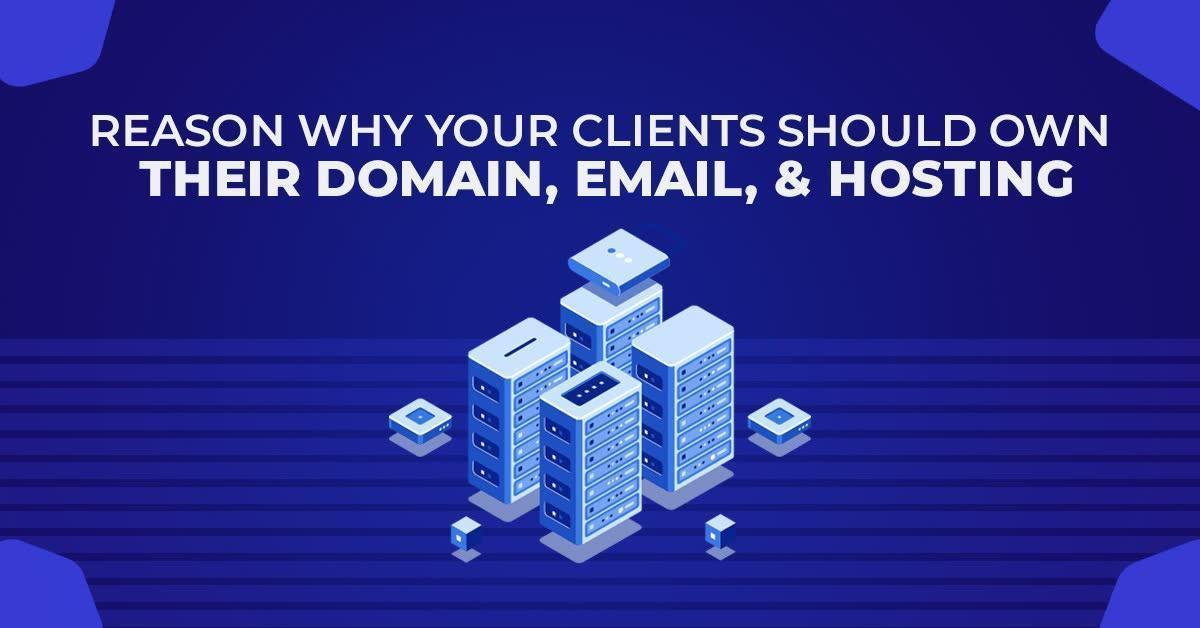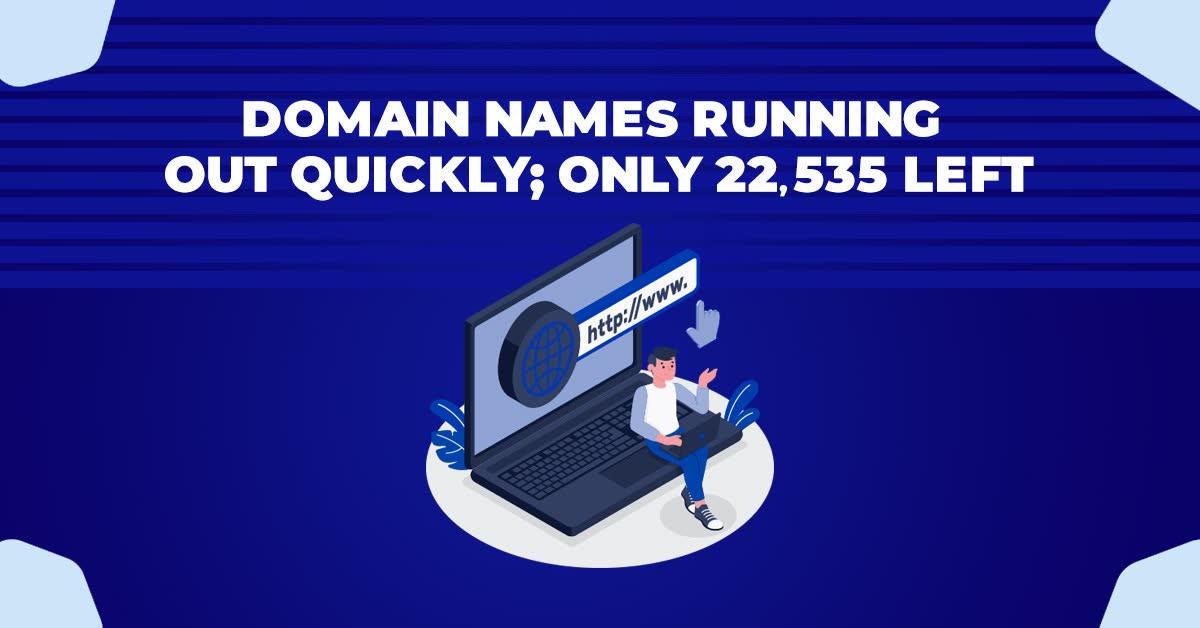Reasons It’s Time for You to Transfer Your Domain
A domain name is more than simply a web address in the modern digital world; it’s an essential part of building an online presence. Whether you own a tiny shop, a personal blog, or a big e-commerce site, your domain name is crucial to establishing your identity and attracting customers to your website.
However, there may come a time when it becomes necessary to move your domain. In this post, we’ll explore a range of compelling reasons why now might be the ideal time for you to consider switching domain registrars. Alongside that, it’s essential to consider the best web hosting services in the USA and the best hosting provider in the USA to ensure a seamless transition and a reliable online presence.
1. Outdated or Inefficient Registrar
Issues With The Current Registrar’s User Interface Or Customer Support
The unhappiness with your present registrar is one of the key reasons for domain transfer. Perhaps their user interface is cumbersome, making it difficult to efficiently administer your domain. If their customer service is unresponsive, you can get annoyed when you run into problems or have inquiries. A flawless domain administration experience with user-friendly interfaces and attentive customer service that meets your demands may be had by switching to a more reputable registrar.
How Transferring To A More Reliable Registrar Can Enhance The Domain Management Experience
- Streamlined User Interface: A trustworthy registrar will provide a cutting-edge, user-friendly interface that makes domain maintenance activities simple. You can easily navigate through key features, update DNS settings, and administer your domain thanks to the clean and user-friendly design. You may devote more of your important time and efforts to other facets of your online presence thanks to this improved user experience.
- Customer service that responds quickly: A reputable registrar is aware of the value of timely customer service. Their professional support staff is always on hand to offer rapid assistance if you run across problems or have inquiries about your domain. Their commitment to answering your questions, whether by live chat, email, or phone, guarantees that you get the assistance you require, establishing a sense of confidence.
2. High Renewal Costs
The present registrar’s growing renewal fees are another frequent worry that causes domain transfers. Some registrars have a tendency to sharply raise their costs over time, making it expensive to keep your domain. You may find competitive pricing and significant reductions by looking into different registrars, guaranteeing that you can keep managing your domain without going over budget.
Advantages Of Transferring To A Registrar With Competitive Pricing And Discounts
You may considerably lower your domain-related costs by moving your domain to a registrar with competitive pricing and deals. Over time, significant savings may be realized as a consequence of lower renewal expenses and reduced registration fees. These cost savings can be applied to your online business’s marketing initiatives, website upgrades, or increased product and service offerings. By switching to a registrar that provides affordable options, you may maximize the return on your domain investment without sacrificing product or service standards.
3. Poor Security Measures
Protecting your domain against potential hackers and unauthorized access is crucial at a time when cyber threats are pervasive. It may be time to move your domain if your existing registrar does not provide strong security measures. To guarantee the integrity and protection of your, search for registrars who provide cutting-edge security features like two-factor authentication, domain lockdown, and recurring security audits.
How Transferring To A Registrar With Robust Security Features Can Safeguard Your Domain
A registrar that places a high priority on security will offer sophisticated defenses against attacks on your domain. Features like two-factor authentication, SSL certificates, domain lockdown, and recurring security audits may be part of this. By establishing many levels of defense, these strong security measures make it far more difficult for hackers or other bad actors to infiltrate your domain. You may strengthen your domain’s defenses and lower the danger of unauthorized access, data breaches, and other cyber threats by changing to a registrar with improved security measures.
4. Better Domain Management Tools
Managing your domains effectively is essential for maximizing your internet visibility. Transferring to a different registrar with a wider selection of services might greatly improve your domain administration experience if your current one is lacking in key domain management tools or has restricted the use of those that are present. To fully control your domain and enhance its performance, look for registrars who offer complete DNS administration, domain forwarding choices, and subdomain management tools.
Useful Tools Like DNS Management, Domain Forwarding, And Subdomain Management
By using DNS administration tools, you can simply set up and maintain records like A, CNAME, MX, and TXT. This gives you complete control over the DNS settings for your domain. This gives you the ability to build up personalized email addresses, improve the functionality of your domain, and effortlessly incorporate outside services.
Domain forwarding also enables you to divert traffic from one domain to another, guaranteeing a seamless transfer for visitors and maintaining your brand presence. You may use it to combine several domains under one main domain or reroute traffic to another website.
You may build and administer subdomains for a variety of reasons, such as creating distinct areas for diverse goods, services, or languages. This organizational adaptability improves user experience and makes it possible to structure material effectively.
5. Expanding or Diversifying Your Online Presence
Managing many domain names can be difficult when your internet businesses expand or if you have plans to launch various brands or commercial endeavors. The procedure is made simpler by moving your domains to a registrar that enables simple control of many domains. Having centralized control over all of your domains under a single registrar simplifies administration responsibilities and assures effective resource use.
6. Enhanced Customer Support
Having access to educated and quick customer assistance is essential for operating your domain successfully. It’s time to move to a registrar that appreciates its clients and offers top-notch support services if you are experiencing lengthy response times or insufficient assistance from your present registrar’s customer care team. When dealing with domain-related questions or technical problems, look for registrars with a reputation for quick response and good customer service.
Conclusion
Moving your domain to a different registrar can greatly enhance your entire internet experience. If you’re dissatisfied with the interface provided by your current registrar, dealing with expensive renewal fees, are concerned about security, or seeking better administration tools and customer service, exploring multiple registrars can be highly advantageous.
Alongside that, it’s important to consider the best web hosting services in the USA and the best hosting provider in the USA to ensure seamless integration with your domain transfer and optimize your overall online visibility. Take the time to evaluate your existing domain registrar and consider whether a transfer is the best course of action to improve your internet visibility. By selecting the best domain registrar, you can ensure easy management, enhanced security, and better assistance, ultimately contributing to the success of your online endeavors.












































